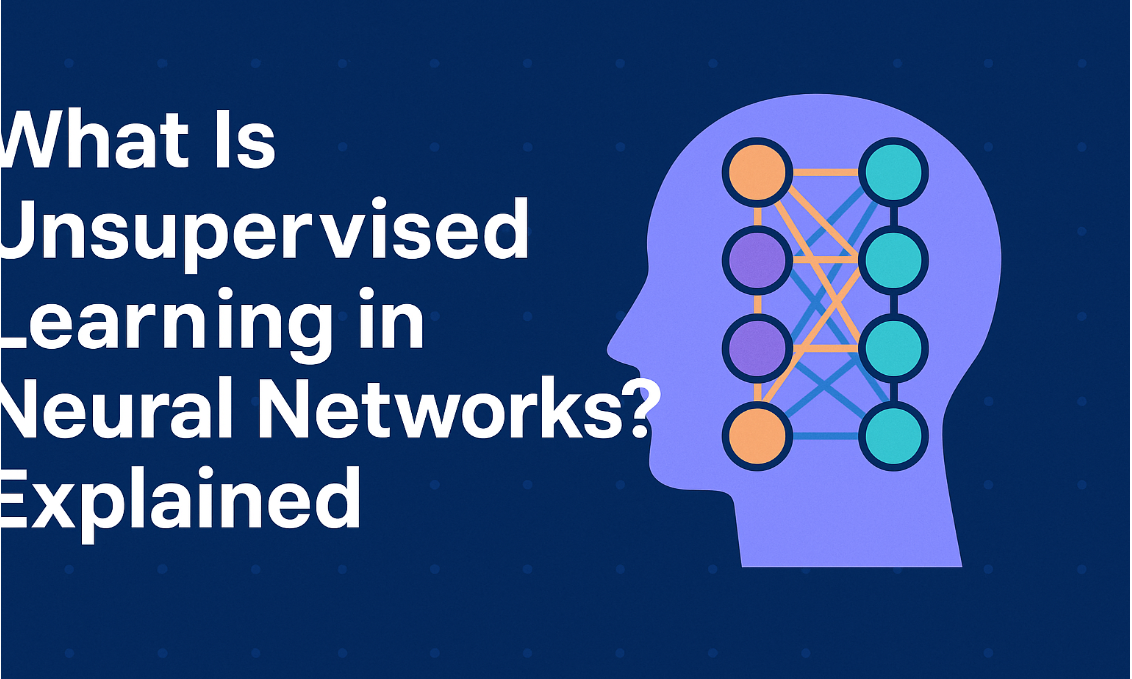
Understanding Preconditioning in Humanities and Social Sciences
Preconditioning refers to the implicit biases, assumptions, and frameworks that shape our understanding and interpretation of the world. In the context of humanities and social sciences, preconditioning influences how individuals and societies perceive cultural norms, societal structures, and human behaviors. This article delves into the concept of preconditioning, exploring its history, examples, advantages, disadvantages, and its role in academic courses.
Table of Contents
- Introduction
- Historical Background of Preconditioning
- Examples of Preconditioning in Humanities and Social Sciences
- Advantages of Recognizing Preconditioning
- Disadvantages and Challenges of Preconditioning
- Preconditioning in Academic Courses
- Differences Between Preconditioning in Humanities and Social Sciences
- Outcomes of Addressing Preconditioning
- Problem-Solving Example: Addressing Preconditioning in Research
- Conclusion
- FAQs
Introduction
In the realms of humanities and social sciences, our interpretations are often influenced by pre-existing beliefs and societal norms. This phenomenon, known as preconditioning, affects how we analyze literature, history, cultures, and social behaviors. Understanding preconditioning is crucial for scholars and practitioners aiming for objective and comprehensive analyses.
Historical Background of Preconditioning
The concept of preconditioning has roots in philosophical discussions about human perception and cognition. Philosophers have long debated how prior experiences and societal influences shape our understanding of the world. In humanities and social sciences, acknowledging preconditioning became prominent as scholars recognized the need to question dominant narratives and consider diverse perspectives.
Examples of Preconditioning in Humanities and Social Sciences
Literary Analysis: Interpreting classic literature through a contemporary lens can lead to anachronistic conclusions, influenced by modern values rather than the context of the time.
Historical Research: Historians may unconsciously emphasize events that align with current societal values, overlooking significant occurrences that contradict these norms.
Sociological Studies: Researchers might design studies based on assumptions prevalent in their own culture, potentially misinterpreting behaviors in different cultural contexts.
Advantages of Recognizing Preconditioning
Enhanced Critical Thinking: Awareness of preconditioning encourages individuals to question their assumptions, leading to more rigorous analyses.
Inclusivity: Recognizing biases allows for the inclusion of marginalized perspectives, enriching the depth of research and discussions.
Improved Methodologies: Acknowledging preconditioning can lead to the development of more objective research methods, minimizing bias.
Disadvantages and Challenges of Preconditioning
Confirmation Bias: Unrecognized preconditioning can lead researchers to favor information that confirms their existing beliefs, skewing results.
Cultural Misinterpretation: Assumptions based on one's own cultural norms can result in misunderstandings when studying other societies.
Resistance to Change: Deep-seated preconditioning may hinder the acceptance of new ideas or paradigms.
Preconditioning in Academic Courses
Many academic institutions incorporate discussions on preconditioning within their humanities and social sciences curricula. Courses in sociology, anthropology, and cultural studies often address how societal norms and personal biases influence research and interpretations. For instance, programs like those at Highline College emphasize understanding diverse societies and the connections between people, highlighting the importance of recognizing preconditioning in studies.
Differences Between Preconditioning in Humanities and Social Sciences
While both fields are susceptible to preconditioning, the manifestations differ:
Humanities: Preconditioning often influences interpretations of art, literature, and philosophy, where subjective analysis is prevalent.
Social Sciences: Preconditioning can affect empirical research, from hypothesis formation to data interpretation, potentially impacting the perceived objectivity of studies.
Outcomes of Addressing Preconditioning
By actively addressing preconditioning, scholars can achieve:
More Accurate Research: Reducing biases leads to findings that more accurately reflect reality.
Broadened Perspectives: Considering multiple viewpoints enriches understanding and fosters empathy.
Progressive Societal Impact: Research free from unrecognized biases can inform policies that are equitable and just.
Problem-Solving Example: Addressing Preconditioning in Research
Scenario: A sociologist is studying family dynamics across different cultures.
Challenge: The researcher assumes that the nuclear family model is universal, leading to biased data collection methods.
Solution:
Self-Reflection: The researcher acknowledges their cultural bias regarding family structures.
Literature Review: They study various family models globally to understand different dynamics.
Methodological Adjustment: The researcher designs surveys that do not presuppose any particular family structure, allowing participants to define their family dynamics.
Consultation: Engaging with local scholars and community members ensures cultural sensitivity and relevance.
By following these steps, the researcher minimizes preconditioning, leading to more accurate and culturally sensitive findings.
Conclusion
Preconditioning plays a significant role in shaping our analyses and interpretations within the humanities and social sciences. By recognizing and addressing these inherent biases, scholars can enhance the validity of their work, promote inclusivity, and contribute to a more comprehensive understanding of human experiences.
FAQs
Q: What is preconditioning in humanities and social sciences?
A: Preconditioning refers to the unconscious biases and assumptions that shape how individuals interpret history, literature, and social behavior in academic research.
Q: Why is preconditioning important in social science research?
A: Recognizing preconditioning is essential to ensure objective and accurate research outcomes, avoiding biases that may skew data interpretation and conclusions.
Q: Can preconditioning affect historical research?
A: Yes, historians may emphasize events that align with present-day values, overlooking significant but conflicting narratives due to cultural preconditioning.
Q: What are the advantages of addressing preconditioning in research?
A: It leads to improved critical thinking, more inclusive perspectives, and accurate methodologies in humanities and social sciences.
Q: How can preconditioning impact modern education?
A: Preconditioning shapes curriculum design, influencing how subjects like history, sociology, and literature are taught, often reinforcing dominant cultural narratives.
Q: What’s the difference between preconditioning in humanities vs. social sciences?
A: In humanities, preconditioning affects literary and artistic interpretations, while in social sciences, it can lead to biased research methods and data analysis.
Q: How can researchers minimize preconditioning in their studies?
A: By practicing self-reflection, reviewing diverse literature, consulting experts from different backgrounds, and employing culturally sensitive methodologies.
Q: What is an example of preconditioning in everyday life?
A: Stereotypes about gender roles, racial profiling, and cultural biases in media representation are common examples of preconditioning shaping societal perceptions.








